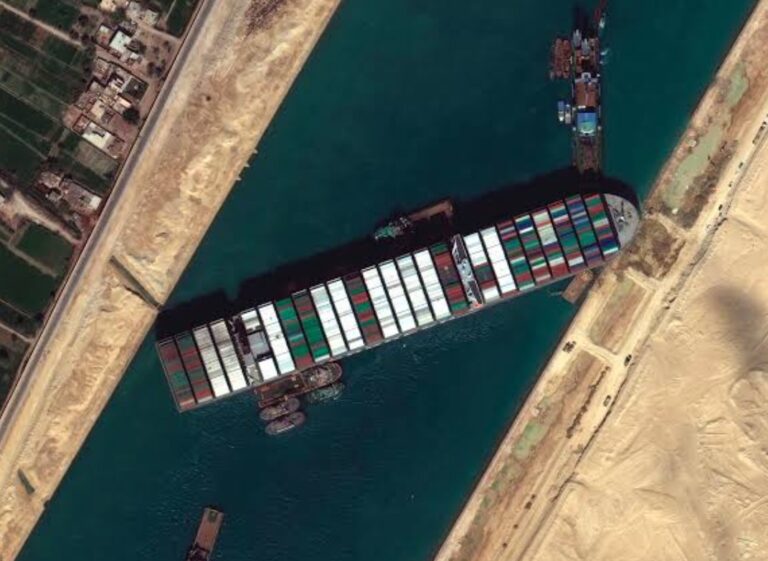Dark clouds surround global shipping. The main access channels to the trade routes to the United States and Europe on the Red Sea are blocked with long queues of ships waiting to pass between the Atlantic and the Pacific, due to the conntinous attacks in the Suez Canal.
Table of Contents
The Suez Canal under attack
It is one of the most important routes for global goods and in particular for oil and gas supplies. News reports tell of a risky situation in the Strait of Bab-el-Mandeb, south of the Suez Canal.
Which has ended up in the hands of the Houthi rebels who have attacked a dozen merchant ships and other container ships since the end of November. But there have also been pirate attacks.
The major global shipping companies such as the French Cma CGM, the German Hapag-Lloyd and the Italian-Swiss shipowner MSC have suspended transits, extending the route to circumnavigate Africa. BP also announced yesterday that it had suspended the passage of its oil tankers.
The numbers of the crisis
The International Chamber of Shipping estimates that around 30% of world trade passes through this area. And there are fears of delays in the delivery of goods ahead of Christmas. Every year Allianz Global Corporate & Specialty (AGCS) analyzes shipping losses and accidents involving ships of over 100 gross tons.
In 2022, 38 total losses were reported globally, compared to 59 the previous year. Thirty years ago, the world’s fleet was losing more than 200 vessels a year. According to the International Maritime Bureau, only 115 incidents of piracy were recorded in 2022, compared to 132 in 2021.
The situation seemed under control but now, in an unstable global geopolitical scenario between war in Ukraine and crisis in the Middle East, the alarm grows again. “Piracy is linked to underlying social, political and economic problems, which could worsen further,” notes Captain Rahul Khanna, Global Head of Marine Risk Consulting at Agcs.
After the post-pandemic boom in container shipping, economic and geopolitical uncertainty and falling demand have driven down rates. The cost of shipping a container between Asia and the United States or Europe in April 2023 was more than 80% lower than the previous year.
But now the need to extend times with long circumnavigations could induce companies to raise freight rates (the rate requested for the transport of goods) with the risk, according to some analysts, of returning to record levels. Maritime transport provides around 90% of world trade and therefore safety in this area is crucial.
Who are the Houthi rebels of Yemen
The Houthis are an armed group, whose official name is Ansar Allah (the “Partisans of Allah”), made up of Shiite militias who have been at war for years against the central government of Yemen, which represents the Sunni majority of the population of the Muslim nation.
Among the main reasons for the conflict there are indeed ethnic-religious reasons. Which have been going on for decades and are part of the delicate geopolitical balance of the region.
The Houthis have gained a monopoly on the armed resistance of the Shiite minority against the Sunni government in Sana’a, which has been trying to assimilate the Shiites since Yemen gained independence from the United Kingdom in 1967.
In the 1980s what it is today the leadership of the rebel group was formed abroad, especially in Iran, before returning in the 2000s to participate in clashes against government forces, taking control of the north-western part of the country.
Read also: The 7 major shipping hubs worldwide












